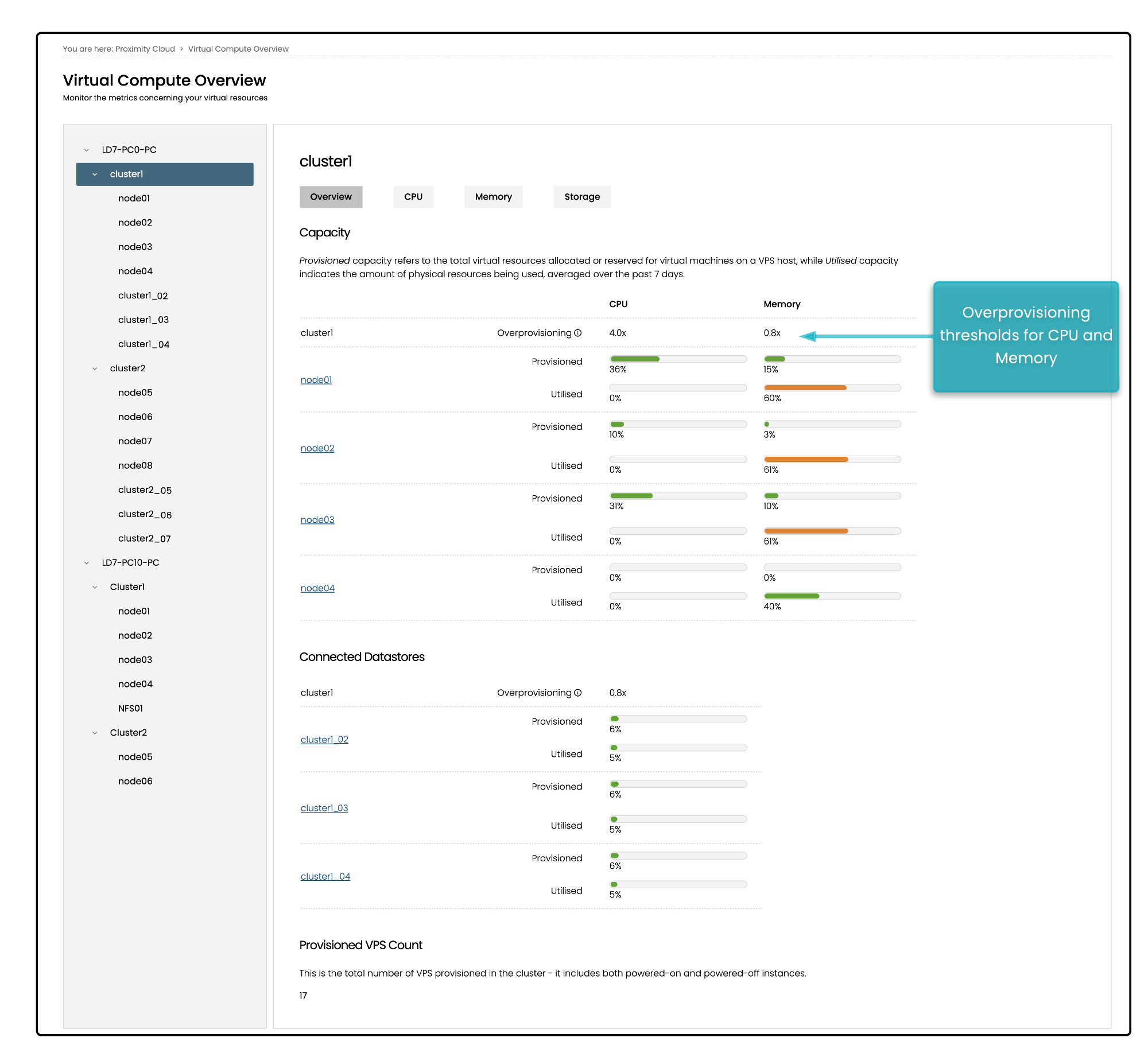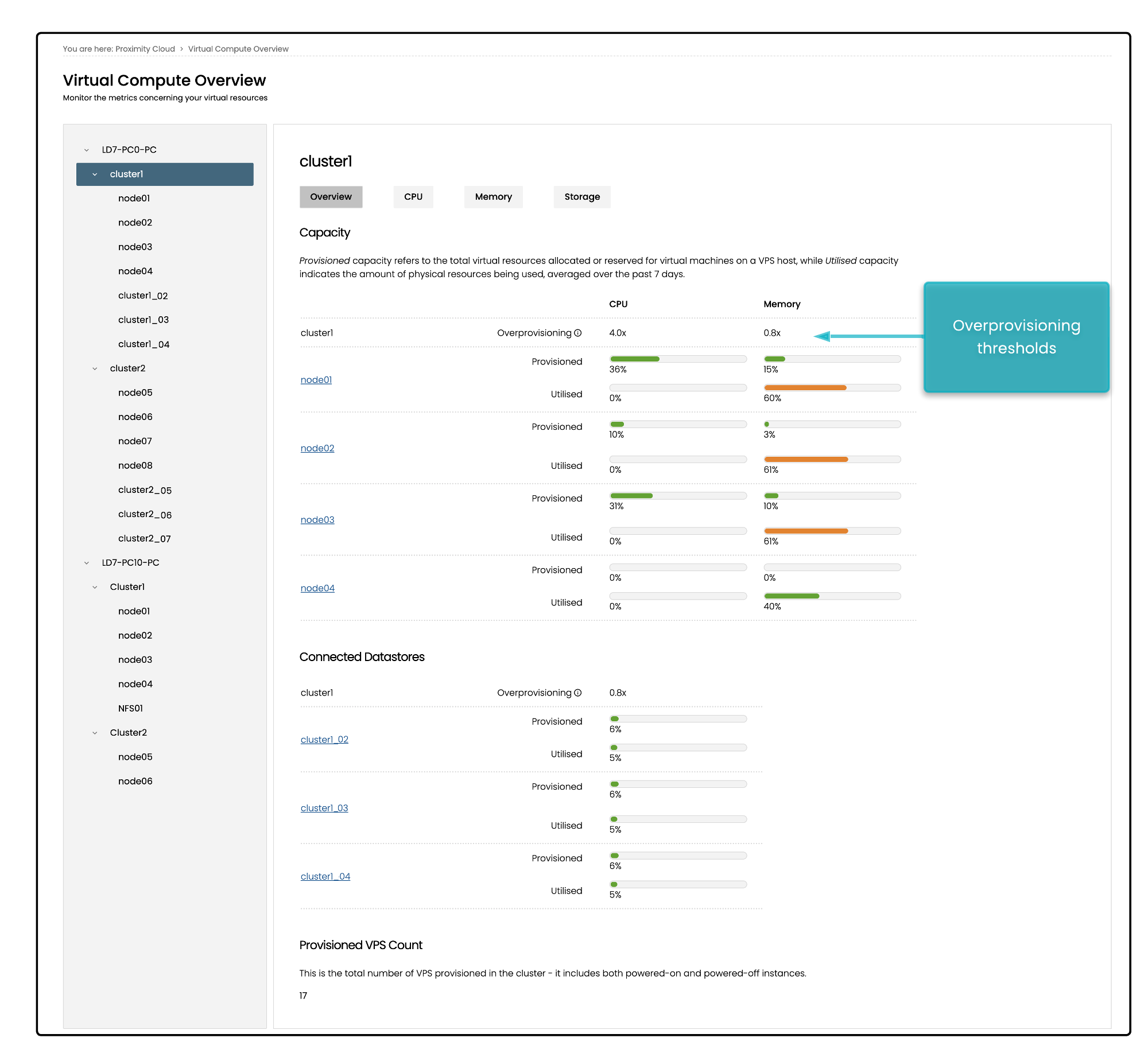Beeks provides Virtual Private Servers (VPS) to our Proximity and Exchange Cloud customers. Beeks allows you to overprovision CPU and memory for virtual compute.
What is overprovisioning?
Overprovisioning is one of the most commonly-used approaches in virtual computing. It is the act of allocating more resources to the virtual compute on a host than the host actually has. For example, you could allocate 400% virtual CPU or memory to the virtual compute.
By overprovisioning CPU or memory, you are giving individual compute items access to more than their fair share of these resources, should they need it. This enables these compute items to handle peaks in processing activity. What makes overprovisioning possible is the fact that individual compute items will generally not keep CPU/memory busy all the time, so their unused allocation can be used by other virtual compute if necessary. In a well-managed environment, it is very unlikely that all of your compute items would be using 100% of their allocated resources at one point in time.
How do we protect performance in overprovisioned environments?
During deployment, Beeks sets a maximum allocation for overprovisioning of CPU and memory. This is displayed in the Overview tab in the Proximity Cloud > Virtual Compute Overview page.
In the example above, there's a 4.0x for CPU in the Overprovisioning row. 4.0x is 400%, meaning that the maximum overprovisioning allocation that’s allowed on this cluster is 400%.
For each node, you can see the % provisioned and % utilised for CPU and memory.
Provisioned value
is the virtual utilisation, i.e. the sum of the provisioning for that node.
For example, if the node has 5 VPSs that are provisioned to use 2Gb each, then the Provisioned value is 5*2 = 10Gb.Utilised value
is the physical utilisation, i.e. what CPU or memory is being used on the physical host.
Even if the Provisioned value is 5*2 = 10Gb, the physical utilisation might be only 2Gb.

